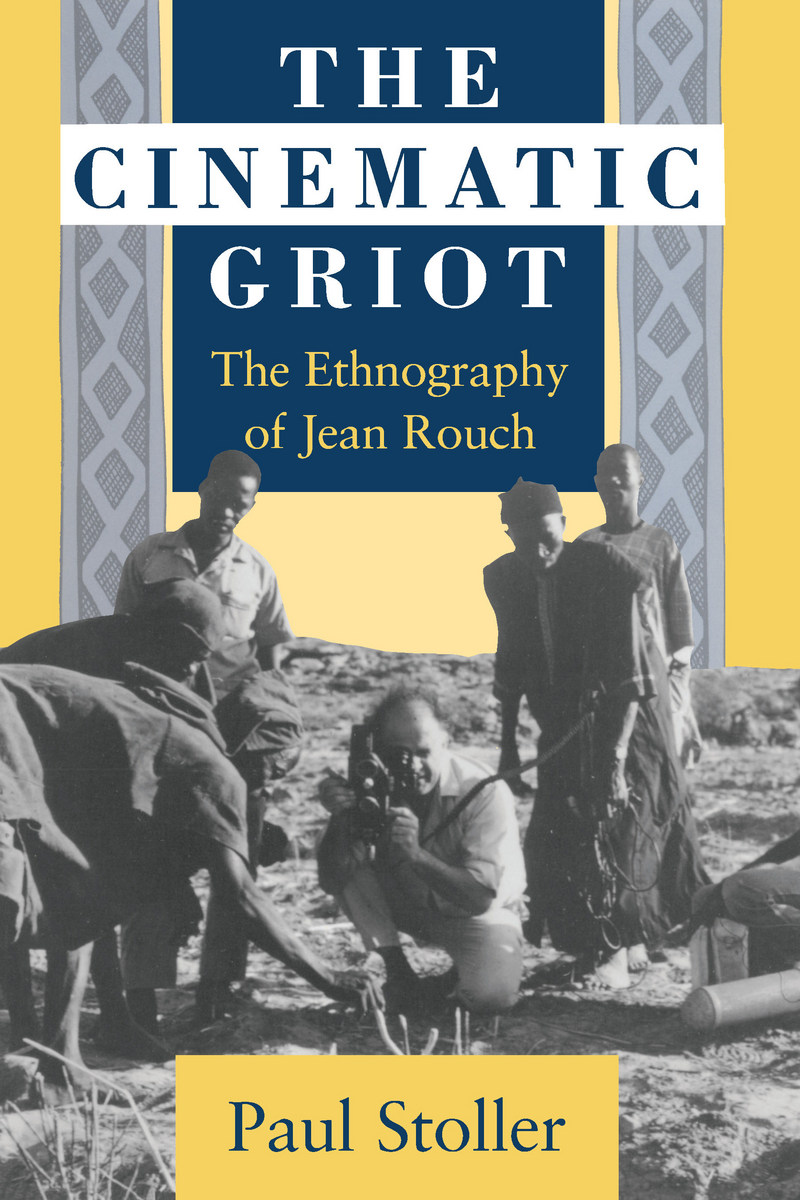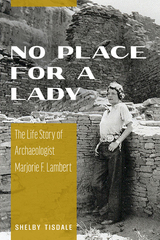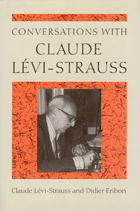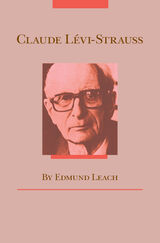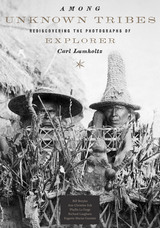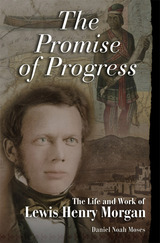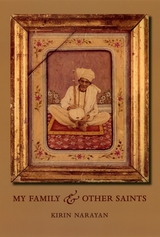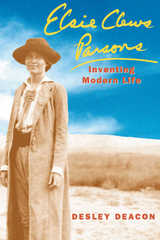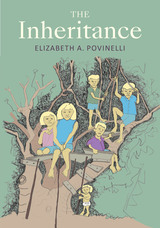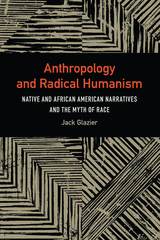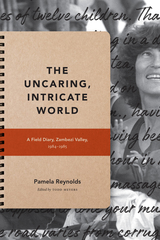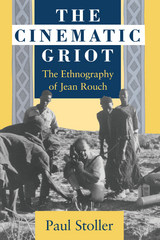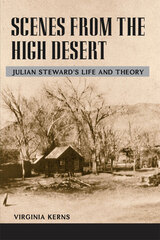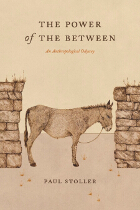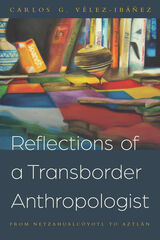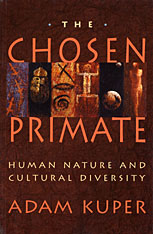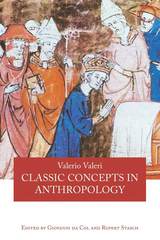The Cinematic Griot: The Ethnography of Jean Rouch
University of Chicago Press, 1992
Cloth: 978-0-226-77546-3 | Paper: 978-0-226-77548-7
Library of Congress Classification GN21.R63S76 1992
Dewey Decimal Classification 305.80092
Cloth: 978-0-226-77546-3 | Paper: 978-0-226-77548-7
Library of Congress Classification GN21.R63S76 1992
Dewey Decimal Classification 305.80092
ABOUT THIS BOOK | TOC | REQUEST ACCESSIBLE FILE
ABOUT THIS BOOK
The most prolific ethnographic filmmaker in the world, a pioneer of cinéma vérité and one of the earliest ethnographers of African societies, Jean Rouch (1917-) remains a controversial and often misunderstood figure in histories of anthropology and film. By examining Rouch's neglected ethnographic writings, Paul Stoller seeks to clarify the filmmaker's true place in anthropology.
A brief account of Rouch's background, revealing the ethnographic foundations and intellectual assumptions underlying his fieldwork among the Songhay of Niger in the 1940s and 1950s, sets the stage for his emergence as a cinematic griot, a peripatetic bard who "recites" the story of a people through provocative imagery. Against this backdrop, Stoller considers Rouch's writings on Songhay history, myth, magic and possession, migration, and social change. By analyzing in depth some of Rouch's most important films and assessing Rouch's ethnography in terms of his own expertise in Songhay culture, Stoller demonstrates the inner connection between these two modes of representation.
Stoller, who has done more fieldwork among the Songhay than anyone other than Rouch himself, here gives the first full account of Rouch the griot, whose own story scintillates with important implications for anthropology, ethnography, African studies, and film.
A brief account of Rouch's background, revealing the ethnographic foundations and intellectual assumptions underlying his fieldwork among the Songhay of Niger in the 1940s and 1950s, sets the stage for his emergence as a cinematic griot, a peripatetic bard who "recites" the story of a people through provocative imagery. Against this backdrop, Stoller considers Rouch's writings on Songhay history, myth, magic and possession, migration, and social change. By analyzing in depth some of Rouch's most important films and assessing Rouch's ethnography in terms of his own expertise in Songhay culture, Stoller demonstrates the inner connection between these two modes of representation.
Stoller, who has done more fieldwork among the Songhay than anyone other than Rouch himself, here gives the first full account of Rouch the griot, whose own story scintillates with important implications for anthropology, ethnography, African studies, and film.
See other books on: Ethnography | Ethnologists | Motion pictures in ethnology | Niger | Stoller, Paul
See other titles from University of Chicago Press
